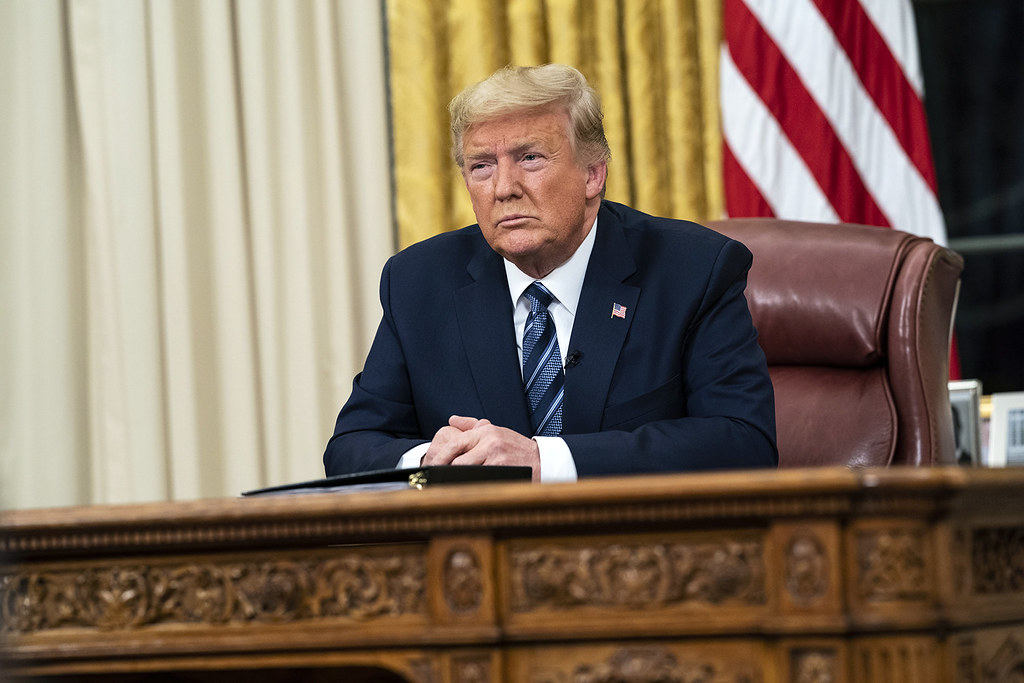
President Trump reiterated his plan to impose tariffs on foreign-made semiconductors, despite Taiwan Semiconductor Manufacturing Company’s (TSMC) commitment to invest $100 billion in building three new chip fabs in the United States.
During a White House event on Monday, Trump stated that “down the road,” he would be revealing tariffs on both lumber and semiconductors. “We’re going to get all those chip companies coming back. They’re already coming back without even doing it,” he said, hinting at his intention to push the tech industry further on chip production.
While the president did not elaborate further, his statement suggests that even as major companies like TSMC, Nvidia, and Apple commit to spending hundreds of billions on chip manufacturing in the U.S., chip-focused tariffs remain a possibility. Nvidia’s CEO Jensen Huang also expressed confidence last week that the U.S. could become a hub for semiconductor manufacturing, with several hundred billion dollars potentially invested.
The Impact of Tariffs on the U.S. Semiconductor Industry
Despite the significant investments, it takes years to build semiconductor manufacturing facilities in the U.S., meaning tariffs could drive up costs in the short term. This is especially concerning for TSMC, which manufactures processors for top companies like Apple, AMD, Nvidia, and Intel. Trump warned last month that his semiconductor tariffs could start at 25%, with the potential to rise throughout the year.
In the interim, the White House is preparing to implement “reciprocal” tariffs on foreign-made goods by April 2, aimed at matching the tariffs that other countries impose on the U.S. This move could escalate the ongoing trade war with foreign nations. However, recent reports from The Wall Street Journal suggest that the Trump administration may scale back the scope of these reciprocal tariffs, effectively postponing the semiconductor-specific levies for the time being.
What The Author Thinks
The continued push for semiconductor tariffs, even with significant investments from TSMC and other companies, seems counterproductive. While Trump’s goal may be to encourage domestic manufacturing, short-term tariffs could increase costs for American consumers and businesses that rely on semiconductors. The reality is that building chip manufacturing capabilities in the U.S. will take time, and rushing into tariffs before those investments bear fruit risks harming industries that need these chips now. A more balanced approach, focused on fostering long-term growth, would likely serve the U.S. economy better.
Featured image credit: Trump White House Archived via Flickr
Follow us for more breaking news on DMR
